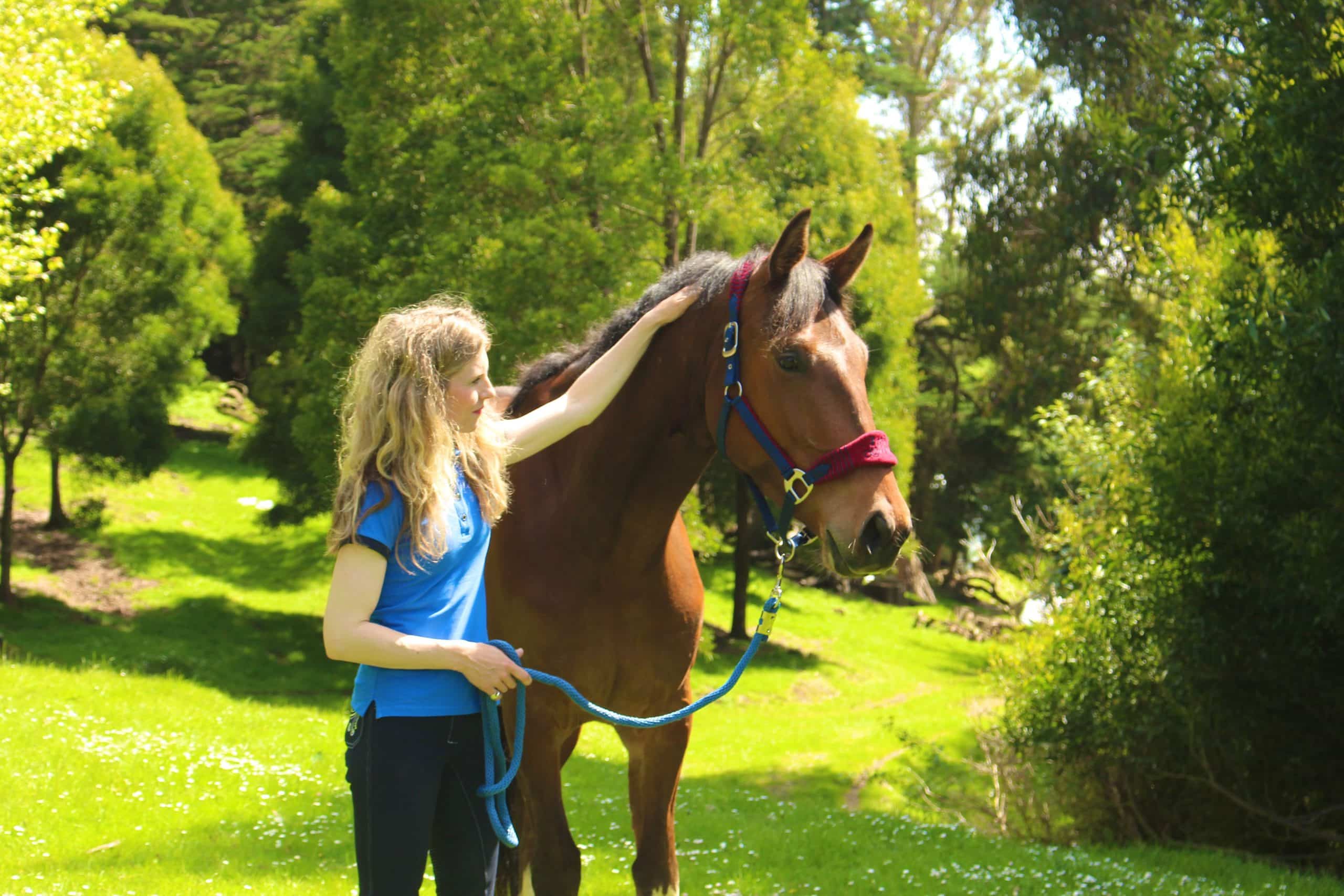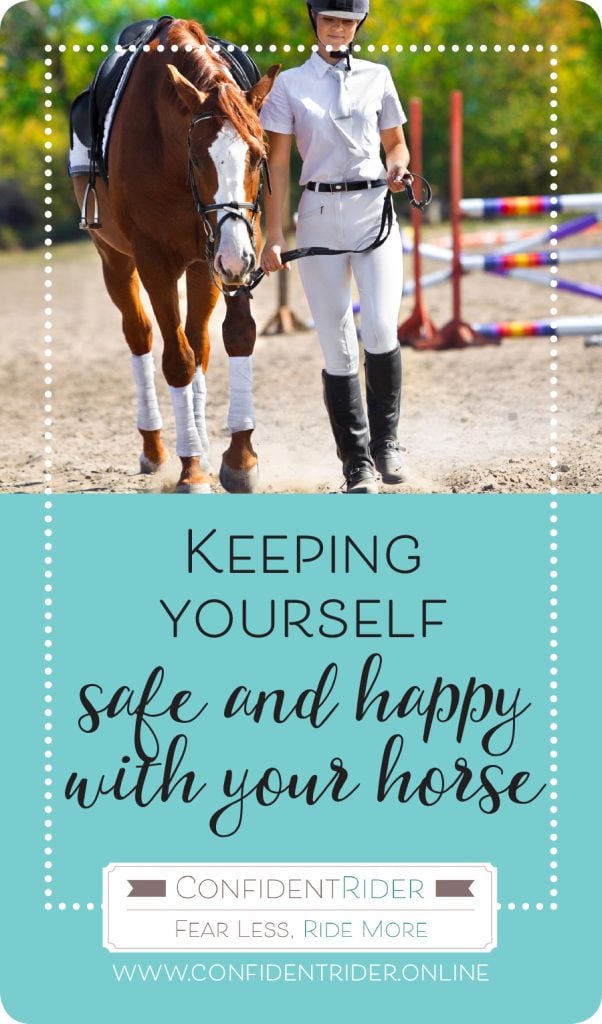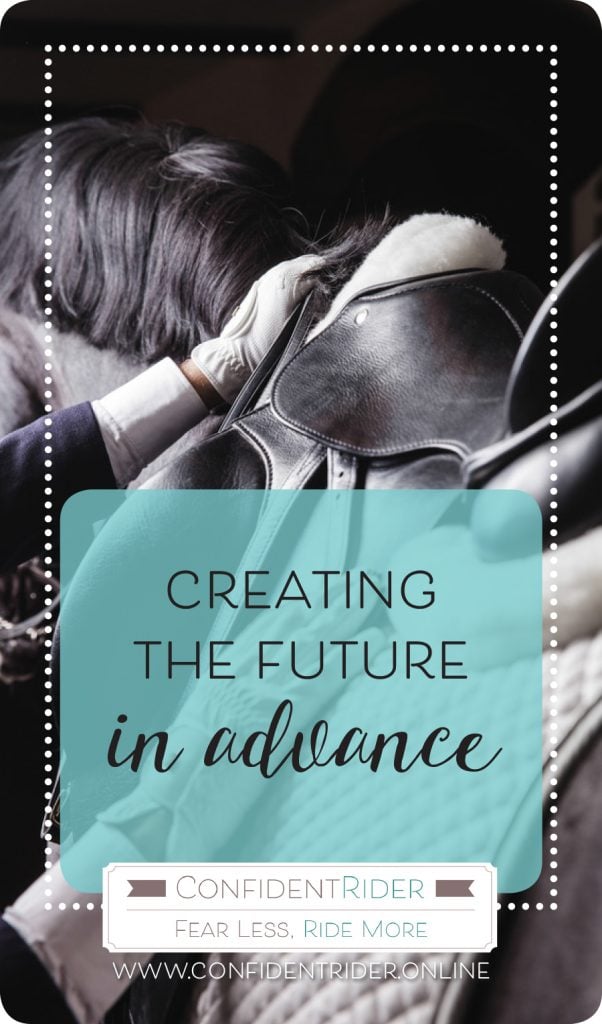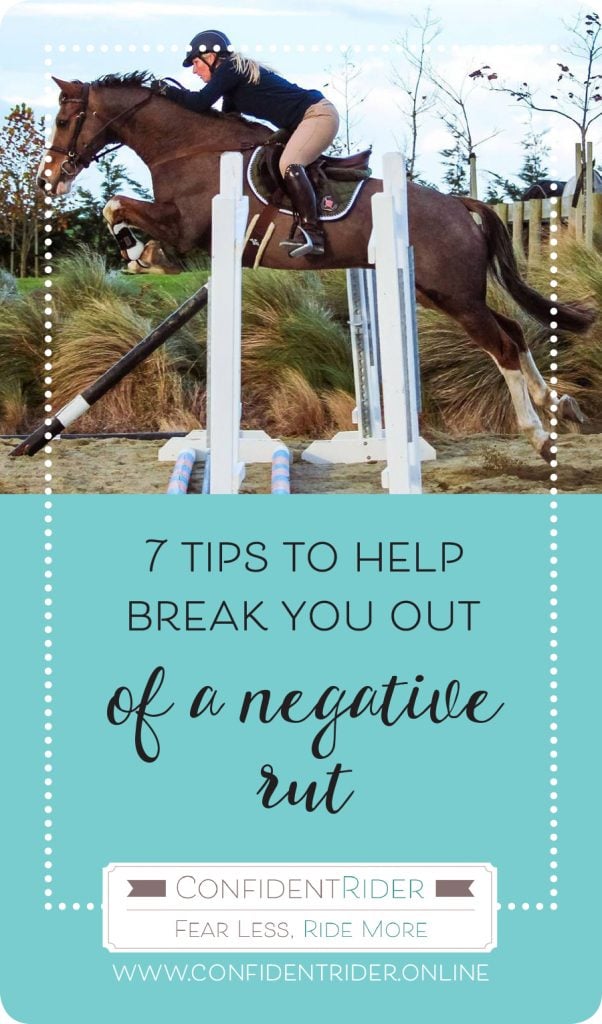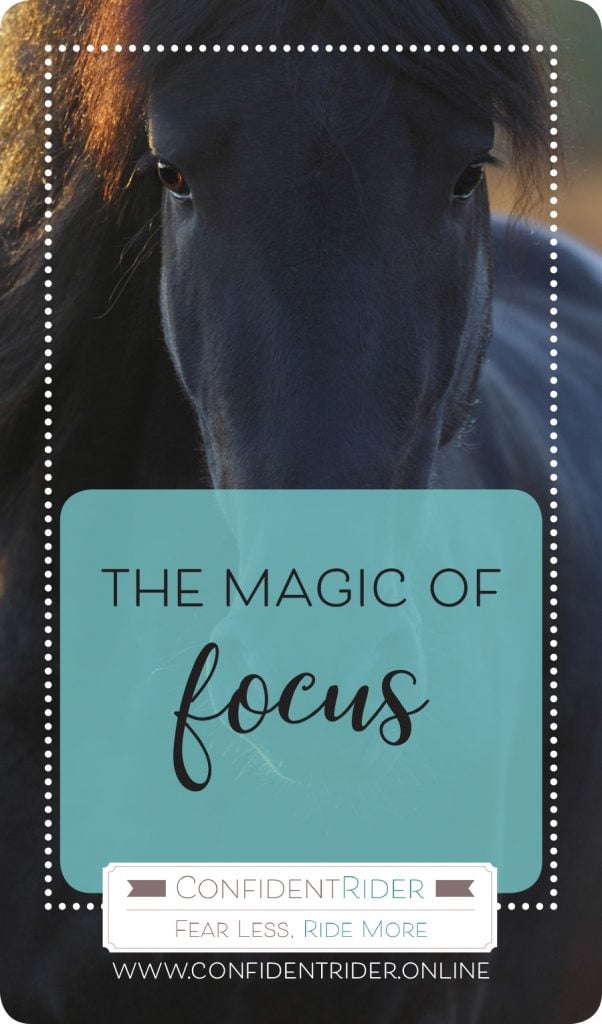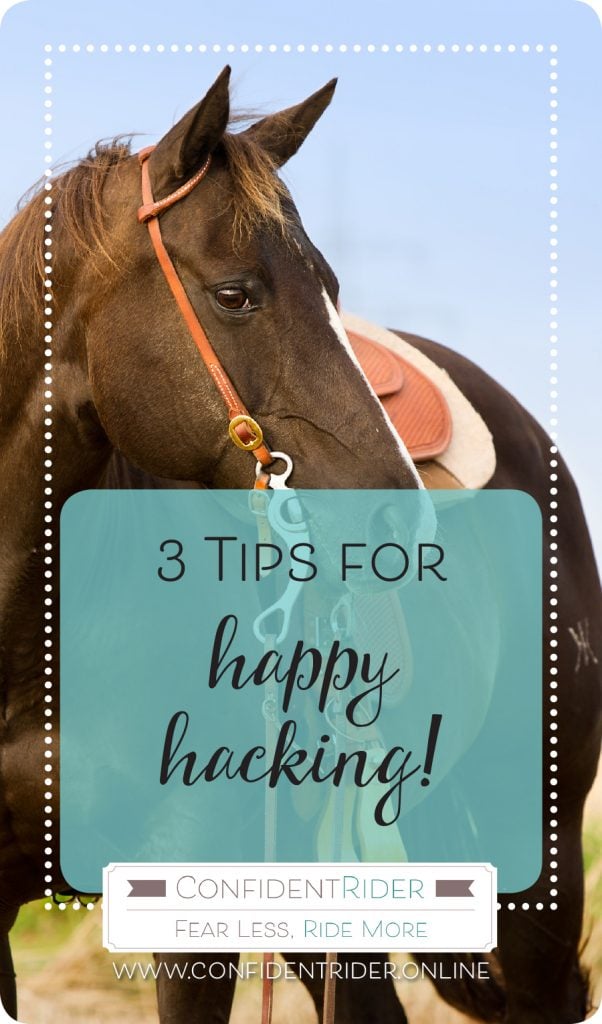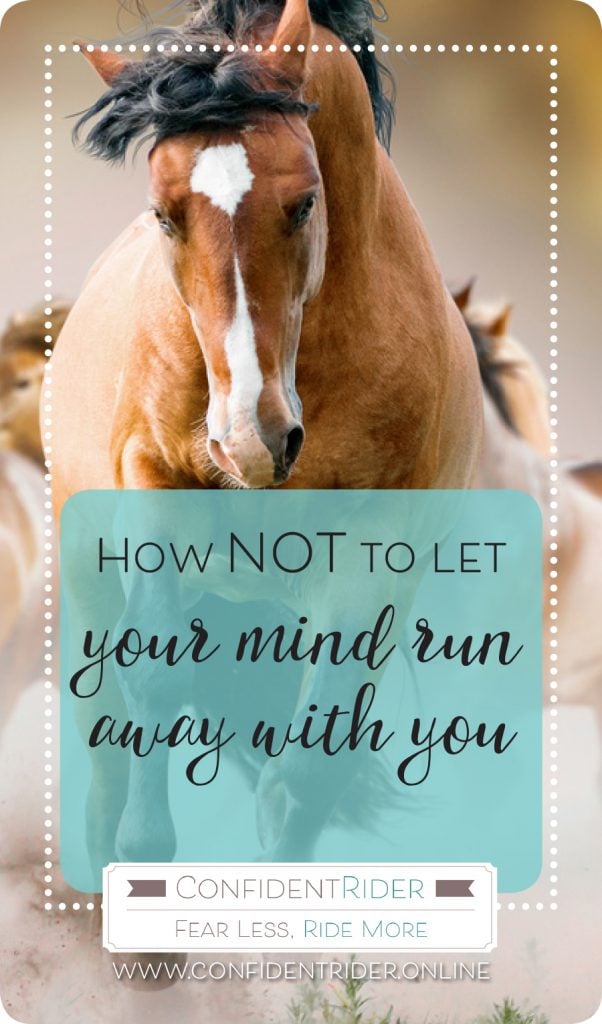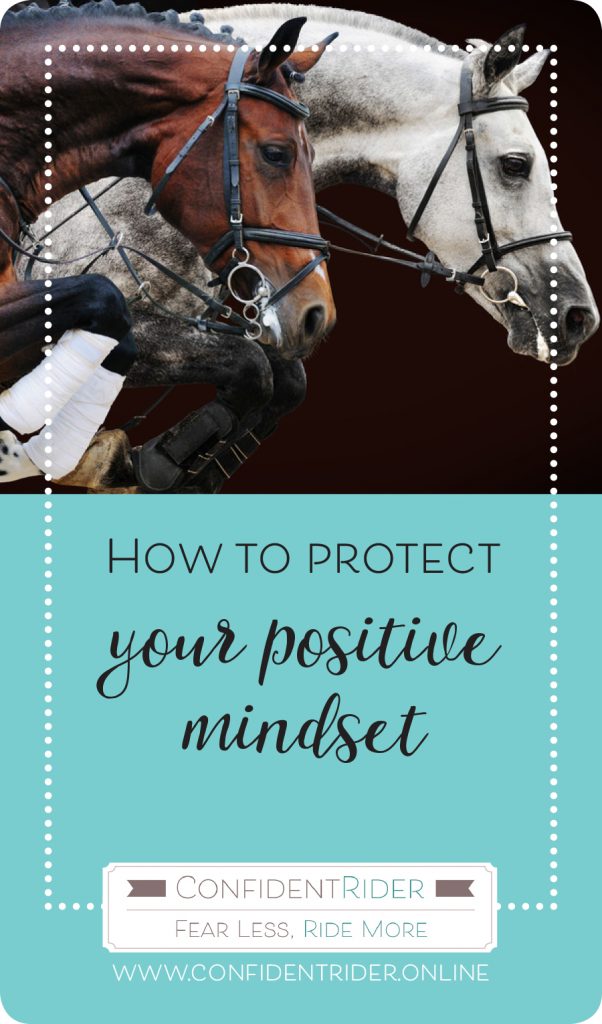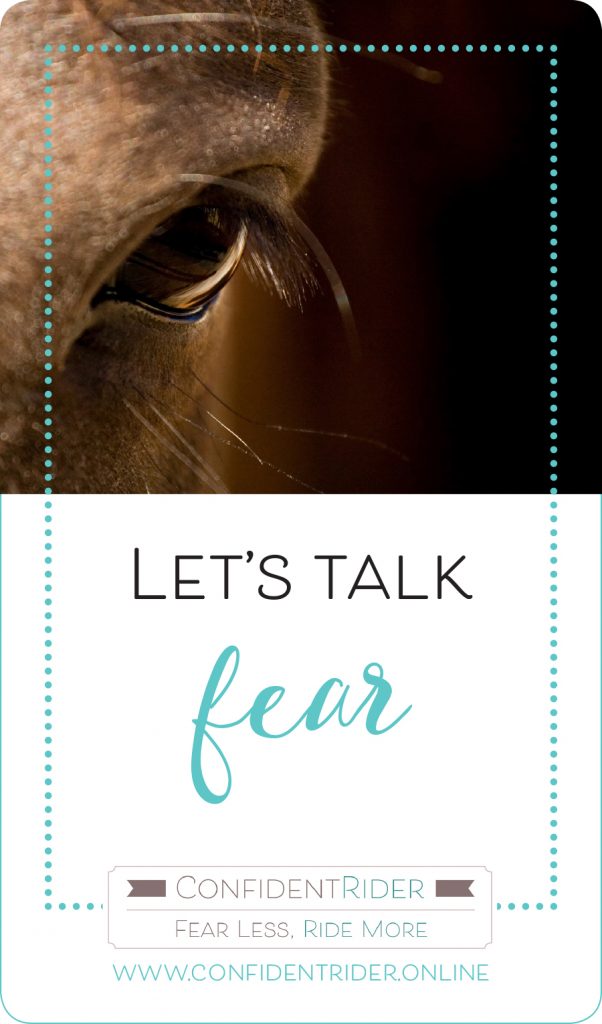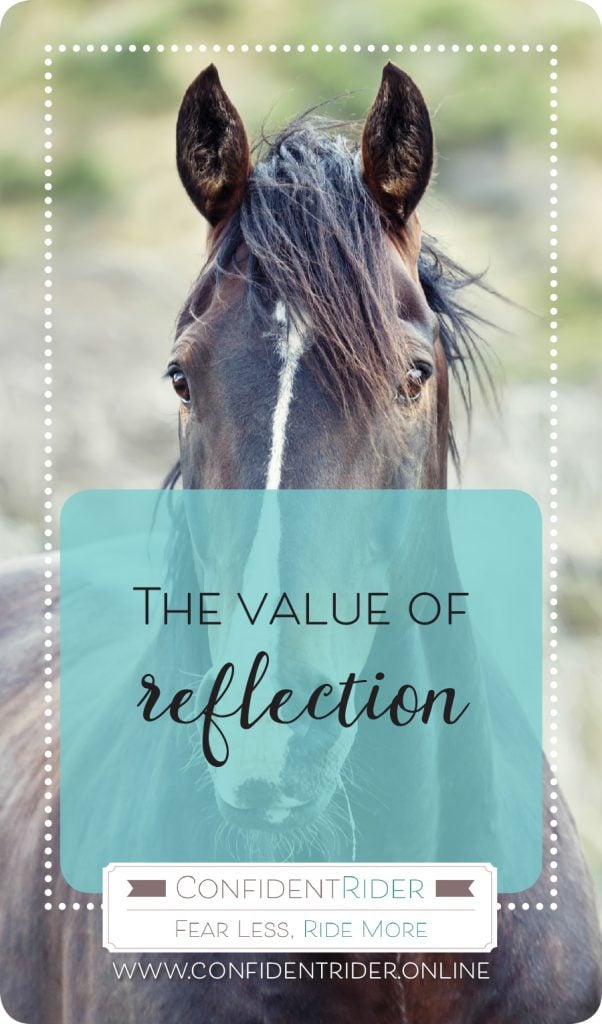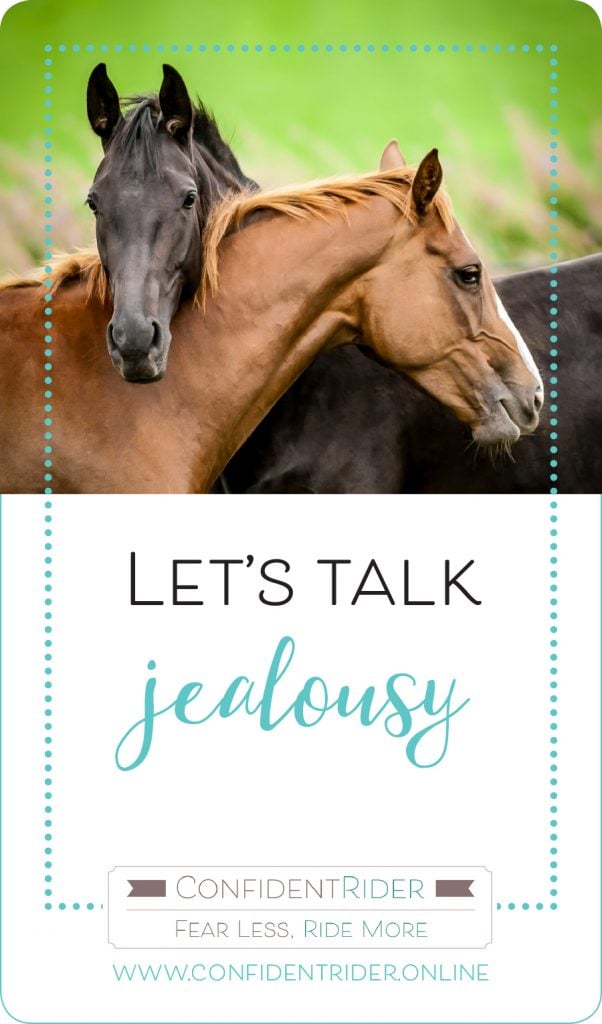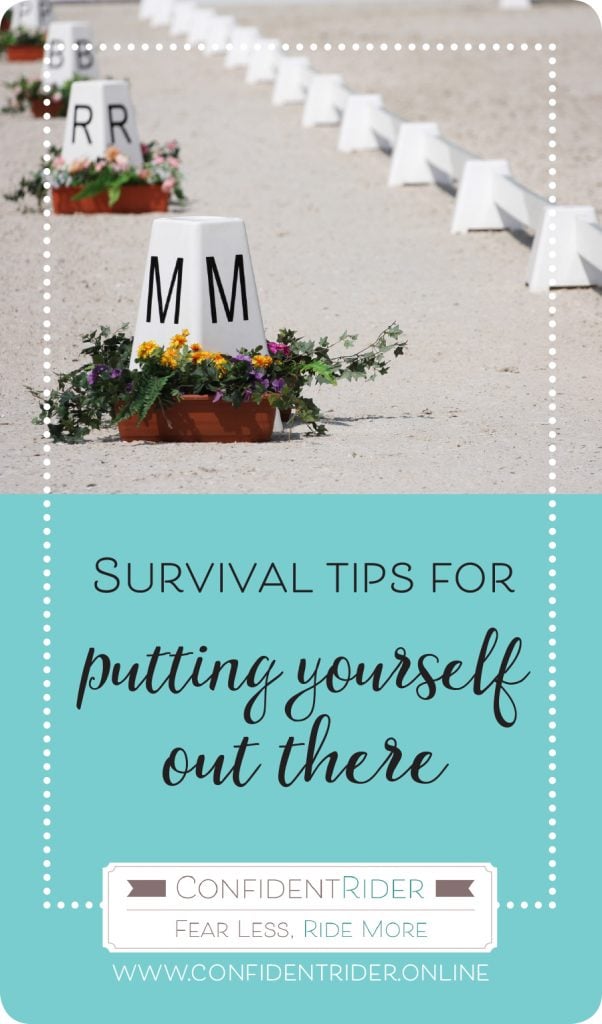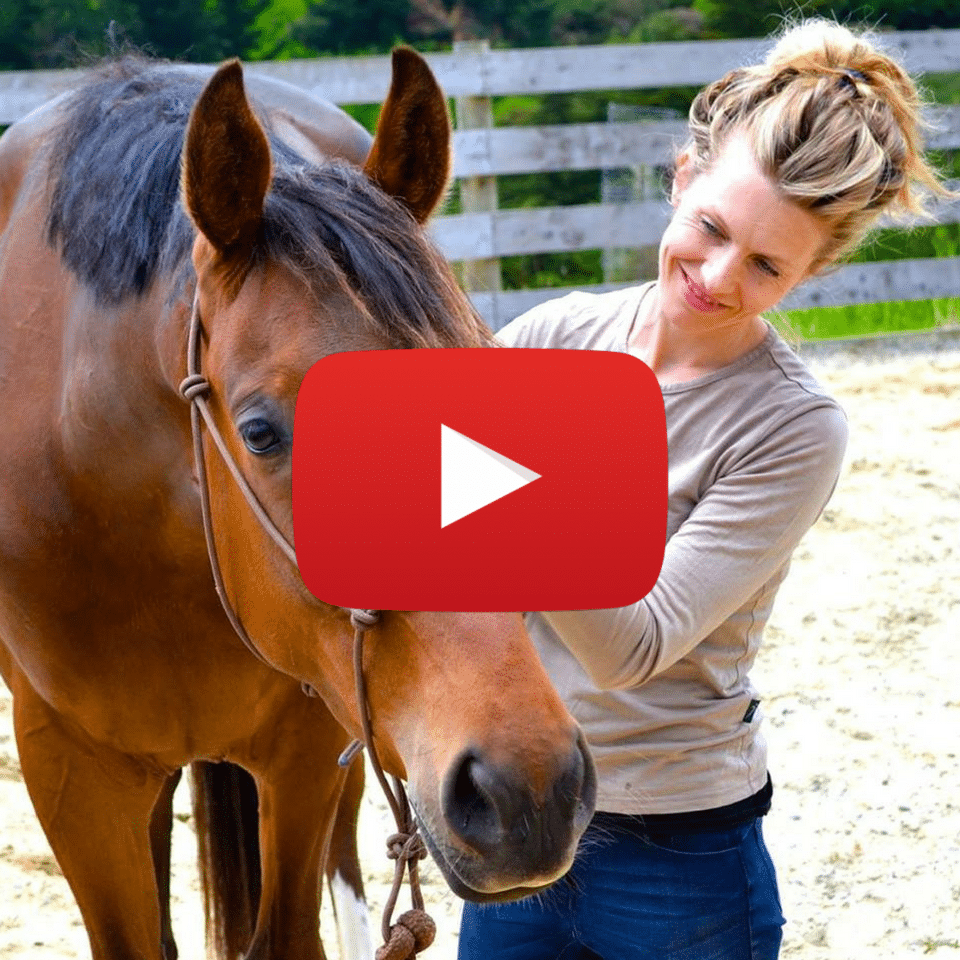There are two things that tend to happen at this time of year. Either our focus switches to the future and we become all about what’s coming, or we think about what it is that didn’t quite go to plan, or we perhaps wish we had done differently over the past 12 months. And often, when it comes to the latter, we can be a teensy bit hard on ourselves…
My process at the end of the year is a pretty simple one. I don’t dissect everything to the nth degree, and I don’t spend too much time lamenting what I would like to have changed. Instead, I prefer to switch into appreciation mode and think about what has happened over the past 12 months that I am grateful for.
Over the past few days, a beautiful thing happened in JoyRide, my membership group. We all started celebrating our wins from the past year in posts on the member’s page. The scope, enthusiasm and introspection blew me away, and I asked if it would be ok to share some of those with you all on my blog. The following is a collection of wins and celebrations from the JoyRide over 2017. In that spirit, it’s my hope that you will be inspired to treat yourself kindly and seek out your own celebrations also…
Let’s begin.

I will start by expressing my immense gratitude for both of my horses and once again affirming what a total StudMuffin Dee is. Truth be told, I am quite in love with both of them and constantly blown away by the inspiration and joy I gain from having both of them in my life (did I warn you I was going to get soppy at this point?). It’s true though.
My biggest celebration this year was in the making of a single decision- the decision to start my own horse. Knowing how important those initial first rides are, it wasn’t one that I took lightly. I rinsed it around in my mind for a period of months before observing his gentleness one day and saying to myself, you know what? Let’s do this. The biggest driving factor for me was not what I stood to gain (which was a pretty big tick on my bucket list) but what I stood to lose. Sending him away meant some of the most important aspects of his education would be reduced to a time scale and I didn’t want that. I wanted it to take the time it would take. So there I found myself, all in. Simultaneously convinced that I could do it and concerned that I didn’t have what it would take to do the kind of job I wanted.
What’s happened since though has been incredible. I have learned more in the past 12 months than I have in the many years before it. Making the decision to do it myself has caused me to extend myself, learn, grow and develop as a horse person beyond what I ever had expected. And where I was once nervous, I am not excited to be putting those first rides on Dee over the coming months. So that’s it for me- a decision. My 2017 Celebration.

Virve Ravolainen
My biggest 2017 achievement has been to start this 4 year old icelandic horse, from groundwork in March to first rides in June, to where we did a horsemanship clinic in September and can now in the end of the year ride outside the arena, relaxed in all gaits, and do mini trail rides. He is generally a good minded little fellow but I’ve had such good use of Jane (and Warwick Schiller’s) online support along the way, as there are of course times when things get just a little too exciting for the both of us.

Gaye Scott
My biggest achievement was winning our very first red ribbon in dressage. I returned to riding under 3 years ago after 18 years off … my raced tb couldn’t carry himself and our first test 13 months ago got us a score of 42% … we’ve come such a long way in 12 months. Pic is from our winning test with 69%!

Cindy Busarow
This is me riding the trails with the Ride ‘Em Like You Stole ‘Em gang in Montana. The gang and I were heading back from the Half Way Pond, about 7 miles in, and we’d gone fishing for lunch… Definitely a couple of ride em like you stole em moments! But it was during this ride and being mentally present (this was in July or so ) that I knew I’d become a JoyRider. My “stuff” is I’m always quiet and pensive in the beginning of a ride since it’s all still ahead of me- what does the day hold? Then I settle in. One of my goals in 2018 is to to feel lighter and more relaxed from the gate at the start of each ride.

Niamh Hammond
In 2017, I finally began my horsing journey, having wanted to ride my entire life. The highlight, hands down, was asking for a walk-trot-canter transition all by myself, and getting a willing and joyful answer. I can’t wait to see what 2018 has in store! My dream goal for 2018 is to develop an independent seat. I couldn’t have got this far without JoyRide!

Krysti McArthur
2017 was really great year for Twix and I! Over the summer, I really worked on stuff I learned from Warwick Schiller and was finally able to do everything on a loose rein and empty Twix’s worry cup! And then this fall, I finally submitted my Parelli level 2 auditions! I have officially passed my online, just waiting for my freestyle results! Those two I have been working towards and it took almost 4 years to accomplish them with Twix! He’s been one of the most challenging horses but it’s been the most rewarding journey ever! I am so excited for 2018!!
PS. Shortly after posting this Krysti got word that she had passed her passed Level 2 Freestyle! Level 3 here they come!

Cherise Manno
My 2017 highlight was going out on trail, been putting it off for 4 years and finally did it in 2017!

Sue-Ellen Michetti
2017 for me has been about personal development. After falling quite ill early in the year my riding was put on hold for several months. I felt angry and frustrated, but in hindsight it was a pivotal moment for me. I would spend time sitting out in the paddock with my horse, just watching him, just being with him. It made me realise how quiet my mind needed to be when I was around him and working with him. That realisation was the catalyst for a deeper connection between us. Later in the year after falling off again at the canter and being told I needed to improve my riding to be able to take my horse further, I was ready to call it quits. I was absolutely gutted. I felt like I’d given my soul to training this horse only to still not be good enough. I wallowed in self pity for a while before deciding I had too much to lose and everything to gain by improving my riding skills. After having regular lessons on another horse and working on my fear of canter, I’m looking forward to 2018, getting back to riding my own horse, and seeing where our journey will take us.

Patricia Frost
My celebration is me! At the start of the year I was fearful i didn’t have skills to ride my mare, to be enough of a rider for anything much actually! I was wavering on giving it up and selling her, but between JoyRide and my trainer I was convinced to keep at it and slowly i noticed changes. Since summer there have been big differences, I have seized the opportunity to buy a fantastic talented horse whom before i would have said i wasn’t good enough for, I continue with my mare and have had massive change and success with her since Jan. But most of all, im happy around horses and in the saddle again. My mantra is now, grab the day and just do the thing! Joyride changed my mind and my mind changed my life. I am now eager for new opportunities bring on 2018!

Constanze Fuger
2017 has been a year of trials and emotional turmoil for me. My biggest breakthrough is that I feel much more confident to ride my mare in lessons without worrying too much about the surroundings. I still worry – but generally speaking when the worry creeps up – I am now able to say to myself that I CAN handle my horse under circumstances beyond my control and that I don’t need to be super afraid anymore. I am still not ready to go into the outside arena on a regular basis but that will be my goal for 2018.

Jodie Webber
2017 has seen me sort out a lot of mind related stuff that’s been holding me back with my horsemanship and riding related goals! I’ve also learnt that this whole change in mindset business is something that needs to be worked on all the time – it’s not something that you can set and then forget, which is comforting on the days when things feel like they are falling apart. I’ve noticed it doesn’t take me as long as it used to to get myself back in a more productive as positive state of mind. Instead of having wild swings they are now little blips on the radar!

Kristie Cron
With the help of the JoyRide modules and lots of lessons in between, I have grown quicker than I have imagined! I’m not much of a jumper but my instructor does show hunter/jumping from USA so best I go to her strengths! My confidence around a bigger horse has grown also. Thanks Jane and team can’t wait til lessons again in Feb start up again!

Maree Broughton
My List for 2017…
- Getting full clearance from back operations and not having to go back to surgeon.
- Keeping positive about my future
- RODE MY HORSE AGAIN
- Learnt to trust myself and my ability more
- Meet some freaking amazing people
- Towed float to auckland and on motorway to other side.
- Went to the south island for the 1st time.
- Learn to control my emotions more
- Rode in a western clinic
- Cantered for the 1st time in 4 years.
- Got health back on track.
- Fell in love with my pony all over again.
- I also loved more, cried more, played more, and enjoyed the hell out of things more.
- I was just more me this year.
A huge thank you to 2017 for being a amazing year some huge milestones ticked off and can’t wait for next year!!!

Tracy Kalm
I began my 2017 show season a bundle of nerves and a river of tears. I had been riding my son’s 16.2hh warmblood for a few months and was going to take him into the show ring for a couple of crossrails rounds in February. I never made it in that first day. I was so nervous and unable to function that I got off in the warm up ring and cried for two hours straight. I had seen Jane’s posts online and decided to join Joy Ride to get my head in a better place. On to July and I decided I wanted to try something more interesting than twice around the crossrails, but the angle lines with the yellow flowers conquered me. I fell off three times…twice in the show ring and once in a paid schooling round. I really was defeated and needed a new helmet to boot. Thankfully, with the support of my husband and my wonderful trainer I stopped riding my son’s horse and started leasing one of my trainer’s horses, Captain. Captain is about twenty, stands about 15.2hh, and has been there and done that. The next show after the falls was with Captain and I won the Long Stirrup Hunter Classic; I finished the year reserve champion for the circuit in Long Stirrup Equitation. I can’t say enough for how much help Joy Ride and Competition Ready has been for me. I’m gearing up for the beginning of the 2018 show season…once again nervous, but knowing that I have the resources available to me to be successful in the show ring.

Steph Fowler
My biggest achievement for 2017 is overcoming the fear of riding my young Welsh pony Arwen after an epic stack and several broken bones left me with zero confidence. At the start of 2017, the thought of riding her was enough to raise my heart rate and make my palms go sweaty. Now I can confidently hop on and walk around on a loose rein.

Maria Elfstrom
2017 has been an amazing year. Filled with huge success and utter devastation. The first 6 months of this year saw me and My red mare make huge improvements from me holding onto previous memories of broken backs and bucking to leaving those behind and flying forward into amazing lessons, hilarious adventures and our very first show that just made my heart sing and us earn 2 ribbons out of 5 classes. This show is my last real memory of this beautiful horse as a few months later we were battling an unknown illness that eventually claimed her life and sent me into a downward spiral that I am struggling to get out of. Mine and Roses acheivements are my highlights of 2017 and I will hold onto them forever. That feeling of riding a horse that felt like butter, her softness and athletic ability was just coming into fruition. Her power we had finally embraced and all our pieces were clicking together. 2017 was amazing for us finally finding our groove! So in short my yay for 2017 is having an amazing 6 months with my Rose and we ended on a high that will always sit with me.

Noirin Taylor
I’m celebrating transforming from a fearful, nervous anxious rider, transmitting those feelings to my mare making our riding relationship unsafe at the start of 2017, to a more calm, relaxed rider secure in my relationship with my new girl. Also celebrating having ridden more in the past 6 months since joining Joyride, than in the previous 20 years and having started competing. Looking forward to many more firsts in 2018. I love this picture as it portrays the connection + relaxed relationship between Bess + myself to me.
*****
Interested to find out more about JoyRide? There’s a you sized hole just waiting to be filled and it’s open to new members now for a limited time. You can read all about it by clicking here. We would love you to join us!
xx Jane


